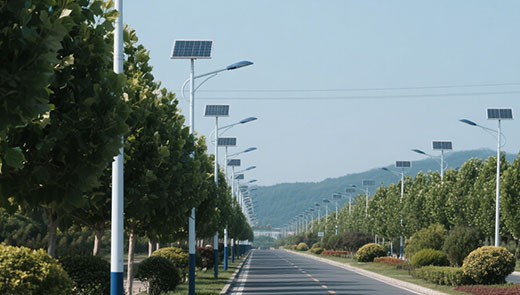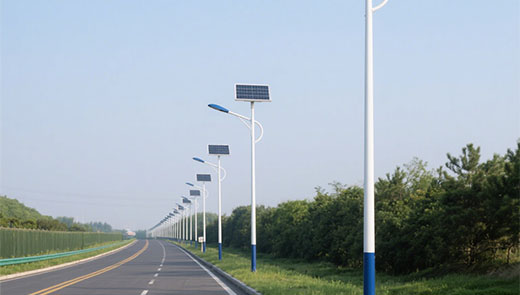How to Select the Best Solar Street Lights
Jul 25, 2024
Choosing the right solar street lights can be a daunting task, given the variety of options available in the market. Solar street lights are an excellent investment for enhancing outdoor illumination in an eco-friendly and cost-effective manner. This article provides a comprehensive guide on how to choose the best solar street lights, detailing the factors you should consider to make an informed decision.
Determine the Purpose:
* Identify the specific purpose of the solar led street lights. Are they for illuminating streets, pathways, parking lots, or public parks? The intended use will influence the type and specifications of the lights you need.
Brightness Requirement:
* Consider the level of brightness required for your application. Brightness is measured in lumens. Higher lumens indicate brighter light. For example, street lighting typically requires higher lumens compared to garden or pathway lighting.
2. Evaluate Solar Panel Quality
Efficiency:
* Check the efficiency of the solar panels. High-efficiency panels convert more sunlight into electricity, ensuring better performance, especially in areas with less sunlight.
Type of Solar Panels:
* Monocrystalline panels offer higher efficiency and a longer lifespan compared to polycrystalline panels. Consider the type based on your budget and performance needs.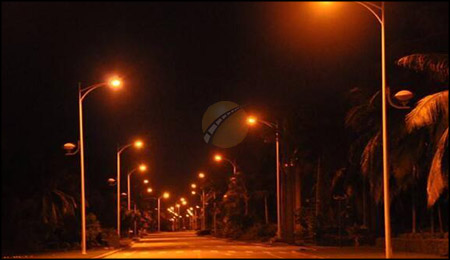 3. Battery Capacity and Type
3. Battery Capacity and Type
Battery Storage Capacity:
* The battery capacity, measured in milliampere-hours (mAh) or watt-hours (Wh), determines how long the light can operate at night. Ensure the battery can store enough energy to last through the night.
Battery Type:
* Common types include lithium-ion, lead-acid, and nickel-cadmium. Lithium-ion batteries are preferred due to their longer lifespan, higher efficiency, and lower maintenance.
4. LED Light Quality
Lumens Output:
* Check the lumens output of the LED lights. Ensure it meets your brightness requirements.
Color Temperature:
* The color temperature of the LED light, measured in Kelvin (K), affects the light’s appearance. Cool white (5000K-6500K) is suitable for street lighting, while warm white (3000K-4000K) is ideal for ambiance lighting.
5. Charge Controller
Type of Controller:
* Choose between PWM (Pulse Width Modulation) and MPPT (Maximum Power Point Tracking) controllers. MPPT controllers are more efficient as they optimize the power output from the solar panels to the battery.
Functionality:
* Ensure the charge controller has essential functions like overcharge protection, deep discharge protection, and short-circuit protection to enhance the longevity and safety of the system.
6. Durability and Weather Resistance
Material Quality:
* Look for solar street lights made from durable materials like aluminum alloy or stainless steel, which can withstand harsh weather conditions.
Ingress Protection (IP) Rating:
* The IP rating indicates the level of protection against dust and water. For outdoor solar street lights, an IP rating of at least IP65 is recommended.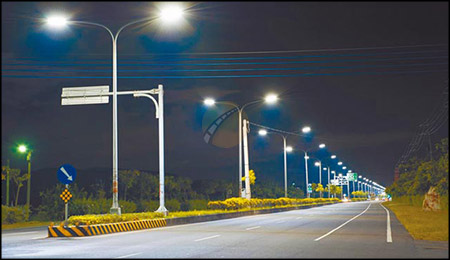 7. Additional Features
7. Additional Features
Smart Controls:
* Consider lights with smart controls such as motion sensors, remote controls, and timers. These features enhance efficiency and flexibility in light management.
Design and Aesthetics:
* Choose a design that complements the aesthetics of the installation area. Some lights come with adjustable panels and light heads for better customization.
8. Cost and Warranty
Budget:
* Determine your budget and find a balance between cost and quality. Remember that higher initial investment in quality lights can result in lower maintenance and replacement costs.
Warranty:
* Check the warranty offered by the manufacturer. A longer warranty period is a good indicator of the product’s reliability and quality.
9. Brand Reputation and Reviews
Manufacturer Reputation:
* Choose products from reputable manufacturers with a proven track record of quality and customer service.
Customer Reviews:
* Read customer reviews and testimonials to gauge the performance and reliability of the solar outdoor lights. Real user experiences can provide valuable insights.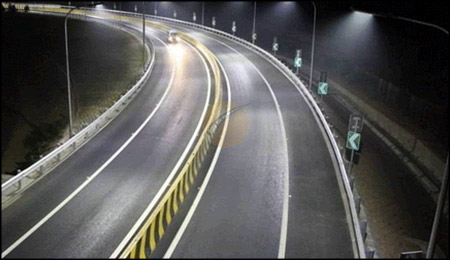 Selecting the right solar road lights involves careful consideration of various factors, including your specific lighting needs, the quality of components, and additional features that enhance functionality. By assessing these elements, you can make an informed decision that ensures effective, sustainable, and long-lasting outdoor illumination. Investing in the right solar street lights not only improves safety and visibility but also contributes to environmental conservation and energy savings.
Selecting the right solar road lights involves careful consideration of various factors, including your specific lighting needs, the quality of components, and additional features that enhance functionality. By assessing these elements, you can make an informed decision that ensures effective, sustainable, and long-lasting outdoor illumination. Investing in the right solar street lights not only improves safety and visibility but also contributes to environmental conservation and energy savings.
1. Assess Your Lighting Needs
Determine the Purpose:
* Identify the specific purpose of the solar led street lights. Are they for illuminating streets, pathways, parking lots, or public parks? The intended use will influence the type and specifications of the lights you need.
Brightness Requirement:
* Consider the level of brightness required for your application. Brightness is measured in lumens. Higher lumens indicate brighter light. For example, street lighting typically requires higher lumens compared to garden or pathway lighting.
2. Evaluate Solar Panel Quality
Efficiency:
* Check the efficiency of the solar panels. High-efficiency panels convert more sunlight into electricity, ensuring better performance, especially in areas with less sunlight.
Type of Solar Panels:
* Monocrystalline panels offer higher efficiency and a longer lifespan compared to polycrystalline panels. Consider the type based on your budget and performance needs.

Battery Storage Capacity:
* The battery capacity, measured in milliampere-hours (mAh) or watt-hours (Wh), determines how long the light can operate at night. Ensure the battery can store enough energy to last through the night.
Battery Type:
* Common types include lithium-ion, lead-acid, and nickel-cadmium. Lithium-ion batteries are preferred due to their longer lifespan, higher efficiency, and lower maintenance.
4. LED Light Quality
Lumens Output:
* Check the lumens output of the LED lights. Ensure it meets your brightness requirements.
Color Temperature:
* The color temperature of the LED light, measured in Kelvin (K), affects the light’s appearance. Cool white (5000K-6500K) is suitable for street lighting, while warm white (3000K-4000K) is ideal for ambiance lighting.
5. Charge Controller
Type of Controller:
* Choose between PWM (Pulse Width Modulation) and MPPT (Maximum Power Point Tracking) controllers. MPPT controllers are more efficient as they optimize the power output from the solar panels to the battery.
Functionality:
* Ensure the charge controller has essential functions like overcharge protection, deep discharge protection, and short-circuit protection to enhance the longevity and safety of the system.
6. Durability and Weather Resistance
Material Quality:
* Look for solar street lights made from durable materials like aluminum alloy or stainless steel, which can withstand harsh weather conditions.
Ingress Protection (IP) Rating:
* The IP rating indicates the level of protection against dust and water. For outdoor solar street lights, an IP rating of at least IP65 is recommended.

Smart Controls:
* Consider lights with smart controls such as motion sensors, remote controls, and timers. These features enhance efficiency and flexibility in light management.
Design and Aesthetics:
* Choose a design that complements the aesthetics of the installation area. Some lights come with adjustable panels and light heads for better customization.
8. Cost and Warranty
Budget:
* Determine your budget and find a balance between cost and quality. Remember that higher initial investment in quality lights can result in lower maintenance and replacement costs.
Warranty:
* Check the warranty offered by the manufacturer. A longer warranty period is a good indicator of the product’s reliability and quality.
9. Brand Reputation and Reviews
Manufacturer Reputation:
* Choose products from reputable manufacturers with a proven track record of quality and customer service.
Customer Reviews:
* Read customer reviews and testimonials to gauge the performance and reliability of the solar outdoor lights. Real user experiences can provide valuable insights.


